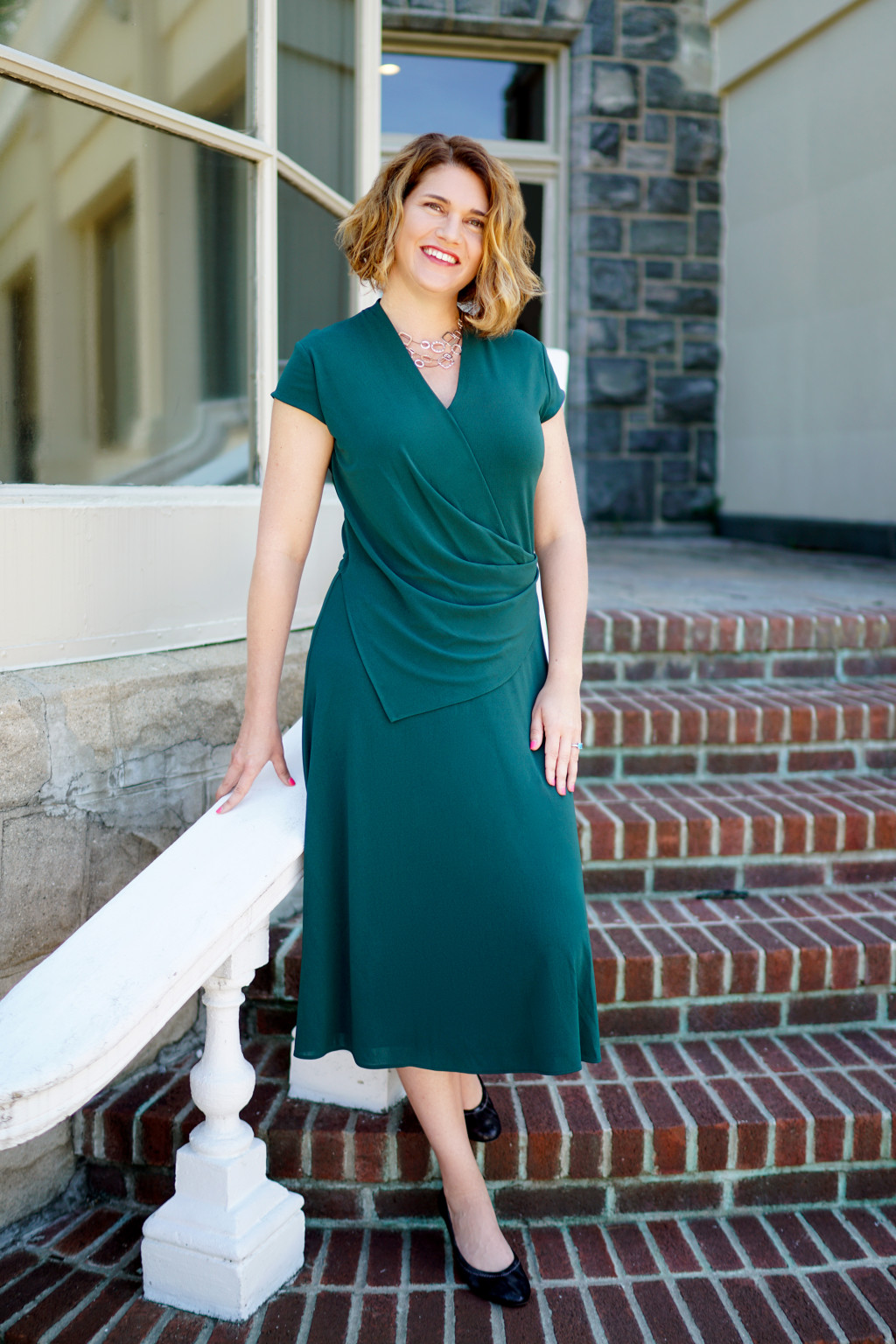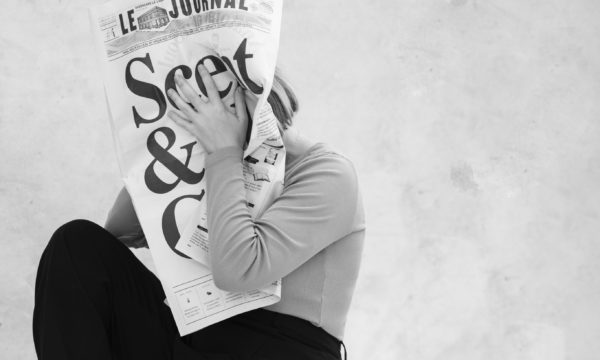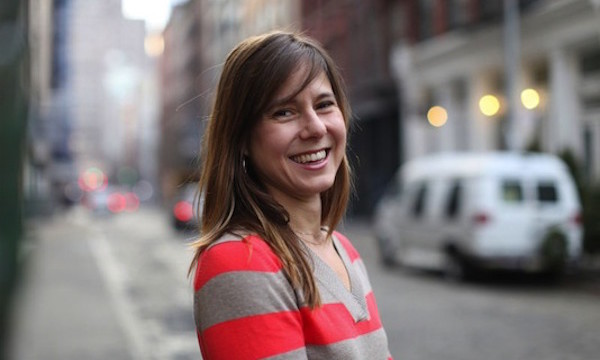The Personality Guru: Conley Zani Knows Your Type, and How to Work With It
July 07, 2017 | Filed in: Your Brain
The MM.LaFleur team recently had the privilege of working with Conley Zani, a renowned expert in MBTI—also known as the Myers Briggs Type Indicator—and how it affects individuals in the workplace. (You can take the test here.) A former engineer, Zani found her calling in team dynamics after an MBTI intervention turned a near-disastrous consulting project into a huge success. Now, she trains groups from major companies around the world. Here is her story.
I WAS AN ENGINEER by training, and while there were elements of that world that were fascinating, I wanted to explore different options. I had a lot of friends and colleagues from my undergraduate and graduate school—at Rice University in Houston, Texas—who went into consulting firms like Bain and McKinsey and BCG. They were like, “You would love this. You go up learning curves, and it’s super geeky and nerdy.” And I did, I loved it. Bain was looking for people with non-traditional paths, and while my engineering background was a little unique, they were willing to take me on and teach me the business language. They also sent me to business school.
WHEN I WAS GETTING MY MBA at Harvard, I took a class on self-assessment and career development that changed my life. It was all about knowing yourself and articulating what makes you tick and what gets you out of bed in the morning. After that class, I was able to put words around the fact that I love counseling and mentoring and helping people reach their full potential. When I graduated and went back to Bain, I was like, “I want to teach this class to everybody.”
IT’S FUNNY—MY FIRST IMPRESSION of the MBTI was not great. We took the test going into business school, and we didn’t have a lot of discussions about how to use it. It wasn’t, “Oh, this is how I can make my relationships better or communicate better.” It was just more like, “Wow, I don’t fit in here because it seems like I have a different type than everyone else.” But then, during business school, my father called me—my dad also does leadership training, but he has a high ropes course in Kentucky, the kind of thing where you bring out helmets and then climb towers—and he was like, “Honey, I’m going to go and get trained in this Myers Briggs tool. Have you heard of it?” Then he and I went and got our certification together. It was a wonderful experience to do with my own dad, although I didn’t know at the time that it was going to turn into the key tool I now use in my everyday business practice. And my dad still uses it, too.
MY MYERS BRIGGS TYPE IS ESTJ. Actually, the way you say it is, “I have preferences for ESTJ.” That makes me a very driven, active, enthusiastic person, and I’m detail-oriented. I approach things with a lot of logic and structure, and I drive hard. I try to balance that drive because sometimes, in my enthusiasm for getting a project done, I run over people along the way, and it gets me into trouble. My desire for results can overcome the question of, “Is everybody okay here? Are we all good?” I’ve always been an overachiever, type-A sort of person, and that fit very well with the consulting world.

Conley wears the Zulma dress in viridian.
THE ORIGIN STORY of my business is this: I was at Bain, working in an environment that is high power, high pace, fast moving, with lots of tension. We were working 80-100 hours a week, away from our families, on the road. My immediate supervisor was in a promotion cycle, and of course that added flavor to everything. My team was imploding, and having just been exposed to the MBTI framework, I recognized that we were having tensions along the J and P dimension. I was like, “You guys, this is MBTI, we should all go online and take this.” So we did, and sure enough, we were split down the middle in the J and P dimension. You need both of these styles, but they create tension at work. Ps think Js are jerks, and Js think Ps are flakes. We were able to change the conversation from, “You’re a jerk and a flake” to “You’re a J and a P.” Being able to have a language to discuss our differences changed everything on my team, and we could have a constructive conversation about it. It turned things around. We went from the worst case team scores in the office to the best. I feel like that’s the most important takeaway from my sessions with companies, the difference between J and P. I went on to train other teams at Bain about MBTI, and soon I was doing that exclusively.
WHEN I WAS GIVEN the opportunity to start my own company, it was a scary move for me. But the director of training at Bain was wonderful. She said, “There’s an entrepreneurial path here where you can start your own business, and we would be your first client.” And they’ve been my best client since 2003, so it’s been a success story. From a type perspective, becoming an entrepreneur is not an ESTJ’s first inclination; I’m risk-averse. My tendency is not to change unless I’m making something more efficient. I give Bain a lot of credit, as well as my husband, who said, “You can do this. You can step outside your comfort zone.”
I’VE RUN MY OWN BUSINESS for almost 15 years now, and the biggest challenge is that I’m a super-strong extrovert. I work out of my home, and sometimes working in a vacuum can be a challenge. I make sure to set up meetings where I can get my super-extroverted social interaction, and I have to hold onto that and remember those feelings until the next one. I also join professional organizations and I make sure that I have scheduled lunches with people, like colleagues who push me.
OTHER WAYS I TRY TO COMPLEMENT my ESTJ-ness is by consciously intuiting—thinking big picture, which doesn’t always come naturally. I also try to embrace a roll-with-it, flexible attitude, which can be tough. And as long as I keep those things in mind, I have this tremendous balance. I can be home with my family; I have two little boys, and we live in Rhode Island on the ocean. For 2018, I already know the 20 spots that I’ve got to be around the world for my biggest clients, and that satisfies my ESTJ-ness. I love that. Then, I can sit back and I can be opportunistic about other things that come up, just like when MM.LaFleur called me and asked if I could drive to New York and work with your company. And I was like, “As matter of fact, I love your clothes. Yes I can.” Your clothes make me feel confident and powerful and beautiful, and you enable me to be successful. How I present myself is a part of my business, and MM is a part of that.
AS FAR AS BEING AN ESTJ IN MY PERSONAL LIFE, I like routine. I like knowing what my goals are, and driving towards them. I am jam-packed. I run hard with very little buffer, very little room for error. If things do go off the rails, oh my God, that’s like a bomb going off in my life. I’m married to an ENTJ, and he runs equally hard and fast; we only have one letter not in common. Being an S, I am concrete and literal; he is an N, so he is future oriented. He thinks big picture and speaks in metaphors and analogies all the day. We have a number of chuckles over our miscommunications. My husband buys and invests in companies, and his latest investment is a competitive tool to the Myers Briggs, called the Predictive Index. I actually love this tool, too. You can use it for hiring, which you can’t do with Myers Briggs. Now we like to joke that we are a dual psychometric household. You either love us or you hate us at dinner parties.
SOMETIMES IT HELPS WHEN I tell skeptics, “I’m not a trained psychologist. I’m an engineer.” That appeals to those who think that this personality stuff is soft and touchy-feely. What I love about this tool is its practicality. As a business person, I can save myself time and money by turning around a situation on a team. That’s priceless. This tool is part of my life every day. I think about it when I meet people. That’s how I make my fast-paced life work. No matter what your personality type is, there are pros and cons to it all, because we all seek different kinds of things. It’s a matter of being aware of what you need.
Photographs by Yan Ruan.








